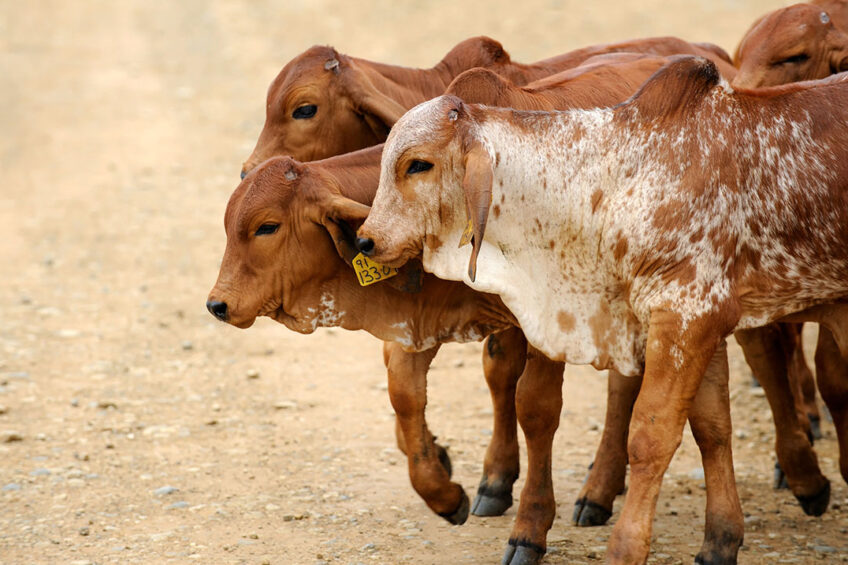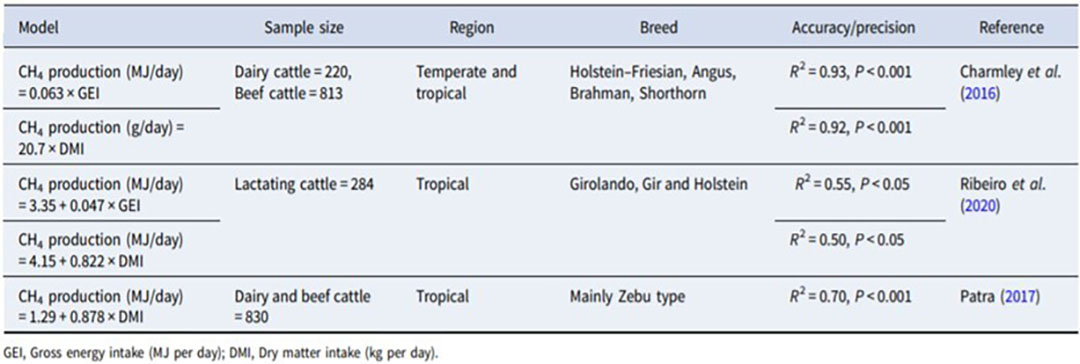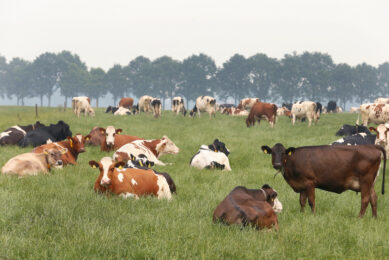Reducing dairy emissions in developing countries

In their study published in the Journal of Dairy Research (2021), researchers from the University of Melbourne explore the magnitude of GHG emissions, challenges and opportunities in quantifying GHG emissions in a developing country context.
The global dairy sector is facing the challenge of reducing greenhouse gas (GHG) emissions whilst increasing productivity to feed a growing population. GHG emissions represent a large inefficiency in dairy production as it represents losses of energy and protein which could be used for production gains. There is a great potential for developing countries to contribute to this reduction, as a large proportion of dairy cattle are part of the farming systems in these countries with higher emission intensities compared to the dairy sector in developed countries. However, many developing countries lack the required resources for quantifying GHG emissions.
Dairy sector in developing countries
The dairy sector in developing countries is dominated by smallholder dairy production systems. However, developing countries contribute to a large proportion of global milk production. Asia, for example, which is primarily made up of developing countries, accounts for 42% of the world’s milk production (FAO, 2019). On the other hand, expansion of these dairy production systems may further negatively impact the environment due to GHG emissions.
Therefore, quantifying and mitigating GHG emissions from dairy cattle is an essential component to support the sustainable development of dairying in developing countries.
“The highest emissions per kg of FPCM (fat and protein corrected milk) are found in developing regions with sub-Saharan Africa, South Asia, North Africa and the Near East having an average of 7.5, 4.6 and 3.7 kg CO2-eq. per kg of FPCM, respectively”, FAO, 2010.
Quantifying GHG emissions through research
Emission can be expressed as both an absolute emission (per hectare, per cow) and emission intensity (emission per unit of product) term.The least productive countries may have the highest emission intensities (per unit of milk). Many developing countries use default Inter-governmental Panel on Climate Change (IPCC) Tier 1 method to estimate the GHG emissions, which adopts a fixed emission value/factor per animal. This leads to incorrect estimation of emissions, as Tier 1 method does not account for factors such as milk production, feed quality and environmental conditions.
Accurately quantifying GHG emissions from dairy cattle through more research in developing countries is important for identifying GHG emissions by size and source. This in, turn allows the following:
- Scientists can explore locally relevant GHG emissions management and mitigation strategies.
- It provides evidence for producers or the dairy industry to trade in carbon credits on voluntary markets, providing the potential for income diversification.
- It supports the transparent process of reaching and reporting nationally determined contribution obligations set in the Paris Agreement (IIED, 2019).
Challenges for quantifying GHG emissions
Researchers found that the 6 developing countries with the largest dairy populations are India, Brazil, Sudan, Pakistan, China and Ethiopia. These countries account for nearly 40% of the total world dairy cattle population (AHDB Dairy, 2019).
Using these individual country names together with methane and dairy, a search of the PubMed database returned only 4 publications between the year 2010 and 2020. In contrast, during the same period, scientists from Australia produced 9 publications, Canada published 13 publications, and a similar trend was found in other developed countries.
This simple comparison is an indicator that developing countries are not quantifying dairy cattle GHG emissions often, which is a combination of lack of research funding, relevant facilities, expertise and environmental impacts being a lower research priority compared to food security.
Opportunities
Opportunities exist to allow scientists in developing countries to measure and estimate GHG emissions from dairy cattle. Firstly, open-access publications are increasingly available online to allow these scientists to learn about the latest dairy cattle GHG emissions research. Secondly, developed countries are offering support under the Paris Agreement for capacity building, transferring technology and financial support for minimszing GHG emissions in developing countries (FAO, 2016). Developing countries can also take advantage of organisations such as FAO, Australia Centre for International Agricultural Research (ACIAR), Global Research Alliance on Agricultural Greenhouse Gases (GRA) that support the reduction of GHG emissions.
Adopting existing GHG emission estimation models
While there is substantial potential to draw on the existing estimation models from developed countries to quantify GHG emissions in developing countries, selection of the suitable modelling approaches requires careful consideration of the availability of local data and experimental conditions.
The production systems in developed countries and developing countries are different in several ways such as feeding practices, climatic conditions and animal characteristics. Local research that validate the approaches will be helpful to increase the estimation accuracy/precision.
Table 1 — Dairy cattle CH4 estimation models, including tropical dataset.

Use of proxies or markers to indicate GHG emissions
Many proxies have been developed to estimate the enteric CH4 emission. Proxies for methane output in dairy cattle can be categorised under lipid markers, MIR spectral analysis, fatty acids, sensors and prediction models. The ideal proxies for estimating GHG through research in developing countries should be cost-effective and require minimal expertise and affordable facilities. Overall, future exploration of potential proxies to estimate GHG emissions through dairy research is an essential step to support sustainable dairy production in developing countries.
Strategies to reduce emissions
It is suggested that dairy farmers can reduce their carbon footprint by improving animal and herd management. “To meet the growing demand for dairy in developing countries while addressing climate change, it is essential to identify the most effective mitigation practices and then identify the interventions required to catalyse change,” says Andreas Wilkes, UNIQUE Forestry and Land Use Gmbh.
Some strategies from a FAO 2019 report:
- Feed and feeding management: Increase feed efficiency by optimising the energy and protein content in feed, using precision feeding techniques to match animal requirements with dietary nutrient supply, and using low-emission feeds such as by-products.
- Manure and herd management: Improve manure collection, storage and utilisation – better grassland management. Reduction of disease prevalence as healthier animals are more productive and produce lower emissions per unit of output.
Join 13,000+ subscribers
Subscribe to our newsletter to stay updated about all the need-to-know content in the dairy sector, two times a week.










